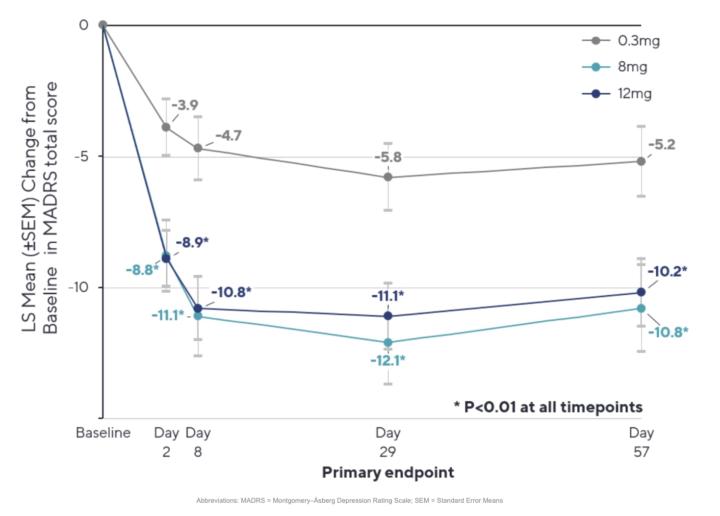Activity
Mon
Wed
Fri
Sun
Nov
Dec
Jan
Feb
Mar
Apr
May
Jun
Jul
Aug
Sep
What is this?
Less
More
Memberships
Shangriballa - Non Dual Group
76 members • Free
4 contributions to Shangriballa - Non Dual Group
Lucid Dreaming
Very occasionally, I have lucid dreams. I had one a couple of days ago (don't worry, I'm not going to bore you with lots of details 😉). It started in a busy bar, where I ordered a drink and just sat, listening to the conversations around me. The content isn't important, but what amazed me, being fully conscious and aware, was that it was identical to waking reality. Not similar, completely identical. It made me realise that our instinctive suspicion of the concept of Maya is unfounded - there is nothing about reality that can't be a dream. Anyway, I've bought a book about lucid dreaming because it's something I would like to do more. I would be interested in hearing if anyone else has had similar experiences. Peace. 🙏
2 likes • Aug 19
sounds cool. I have had a lot of lucid dreams over the years but I don't think the vividness of any of them were indistinguishable from my normal waking life. Your post reminded me of a moment from my 5 MEO trip with you all where it felt like I was waking up, almost like awakening from sleep. And the reality I was waking up in felt more real than this current one we are in. (I don't fully recall but think that was the case). This supports your point - that there is nothing about reality that can't be a dream.
Beckley’s 5-MeO-DMT Shows Rapid, Durable Antidepressant Effects in Phase 2b Study
Hey everyone, great news from the psychedelic research world! A new Phase 2b study by Beckley Psytech on an intranasal formulation of 5-MeO-DMT (BPL-003) for treatment-resistant depression showed some really positive results. The study found that a single dose of the drug produced rapid and long-lasting antidepressant effects. Participants' depression scores significantly decreased and stayed low for up to 57 days. The drug was also well-tolerated. This is a huge step forward for psychedelic medicine and could lead to a new treatment option for depression. You can read the full article here: https://psychedelicalpha.com/news/beckleys-5-meo-dmt-shows-rapid-durable-antidepressant-effects-in-phase-2b-study

Exploring 5-MeO-DMT as a pharmacological model for deconstructed consciousness
Exploring 5-MeO-DMT as a pharmacological model for deconstructed consciousness
1 like • Aug 14
@Lisa Silva Yes. And of course, the experience is beyond words. But even so, it is still nice to have some signposts so we can try to talk about it afterwards. I also have found that sometimes having some signposts in my brain somewhere can make me calmer when I'm deep in a new psychedelic experience bc some part of my brain roughly has some idea of wtf is happening.
THE PROCESS OF EMOTIONAL INTEGRATION: A PATH TO REALISATION
THE PROCESS OF EMOTIONAL INTEGRATION: A PATH TO REALISATION ( Patrick Boulan) When we face a difficult situation, a challenge, or a conflict, and this situation brings forth strong emotions or feelings within us, along with a high level of inner turmoil, it's most often because our nervous system reactivates energy charges corresponding to old, unintegrated emotions. When the nervous system activates in this way, it operates in "survival" mode, locked into its automatic response mechanisms to the perceived threat (primary responses are fight or flight, then the system freezes if we can't implement either of these options). In this activation, the intensity of the energy is so strong that it leads us to regress into older parts of our psyche – those wounded parts connected to the unresolved emotions we are experiencing – and to behave as if what these wounded parts perceive is reality. As long as we remain in this state of identification, we are trapped in cycles of action and reaction, where everything we do aims to suppress the activated emotions and feelings. Furthermore, identification leads us to believe that our emotions tell us something true about the situation (and for the mind, this can only be true since our feelings confirm it). As a result, the thoughts and emotions loop remains constantly activated and continues to fuel the emotion with energy, maintaining the system's activation. This prevents us from gaining the necessary perspective to recognise that the emotion speaks of the past, not the present situation. When these emotions don't activate, they remain latent, as if hidden, lodged in our body and energy system in the form of charges, tensions, and contractions. They will crystallise even in our cells, which then reproduce with this energetic imprint, thus transmitting traumatic memories from generation to generation. Generally, we are so invested in the activity of thoughts and in maintaining our personality structure that we don't consciously feel these emotions and feelings. Yet, we have an intuition of their Presence, as thought constantly processes this information, seeking its resolution in our relationship with the outside world. However, we often remain terrified at the idea of engaging with them, imagining that delving deeply within ourselves will awaken something bad and dysfunctional, causing us to sink or annihilate ourselves. These fears keep our attention fixed on the periphery of our Being: in the mental activity that creates and maintains the sense of personality and in the construction of the innumerable strategies and mechanisms that this personality generates to try to compensate for or keep all these memories at a distance.

1-4 of 4



